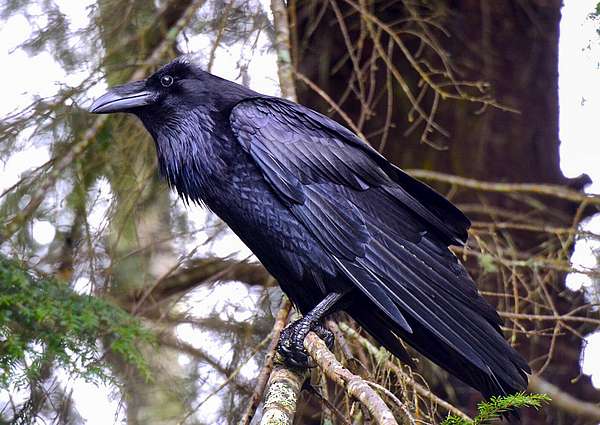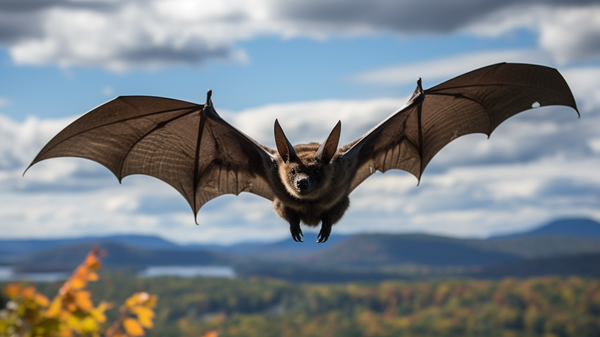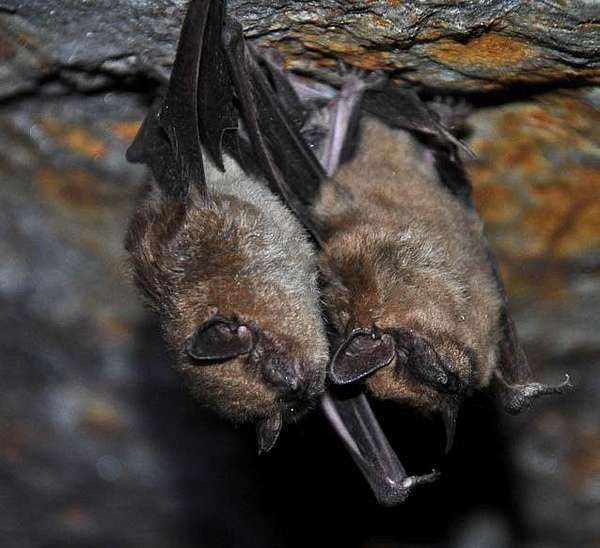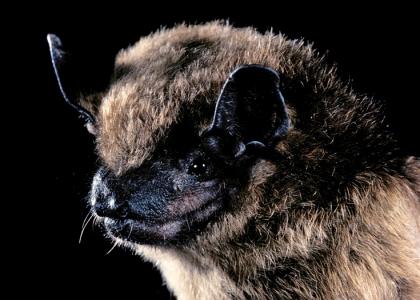by Nicole, AmeriCorps Lands & Trails Steward
A handful of flying creatures are associated with Halloween festivities, but are they as ominous as they seem? Let’s get to know a little about the furry or feathered faces of Halloween.
Bats are the only mammals that can truly fly; they are nocturnal and prefer cave habitats. Around this time of year, bats will flock under the moonlight and eat their weight in insects to prepare for hibernation.
The six bat species that live in Vermont all year round can roost in tree cavities and structures like barns, attics, and sheds. Contrary to the popular saying “blind as a bat”, bats have great eyesight. Bats will also depend on echolocation to navigate and detect prey at night. They combine information from these two different senses to create a single image of their world.
All of Vermont’s bat species are insectivores and keep pests at bay, helping to protect losses in forest habitat and farm crops. Today, bats are under unprecedented threat from habitat loss, accelerated climate change, and white-nose syndrome.
The all-black cloaks and scavenging behavior of common ravens and crows have long been associated with death and ill-omen. Both species are omnivorous and can be scavengers. Scavengers play a vital role in the food chain by consuming dead animals, called carrion, and removing carcasses from the environment. While the idea of consuming carrion can make our stomachs turn, this ecosystem service is essential for energy cycling in the environment. This also stops the spread of bacteria that may otherwise impact the local food web and human health.
Crows and ravens are members of the Corvid family and are some of the smartest creatures in the animal kingdom. They can plan, remember faces, use tools, and solve problems.
The conservation and stewardship of Stowe’s farms, waters and forests helps to ensure that these flying creatures can continue to thrive for generations to come.



